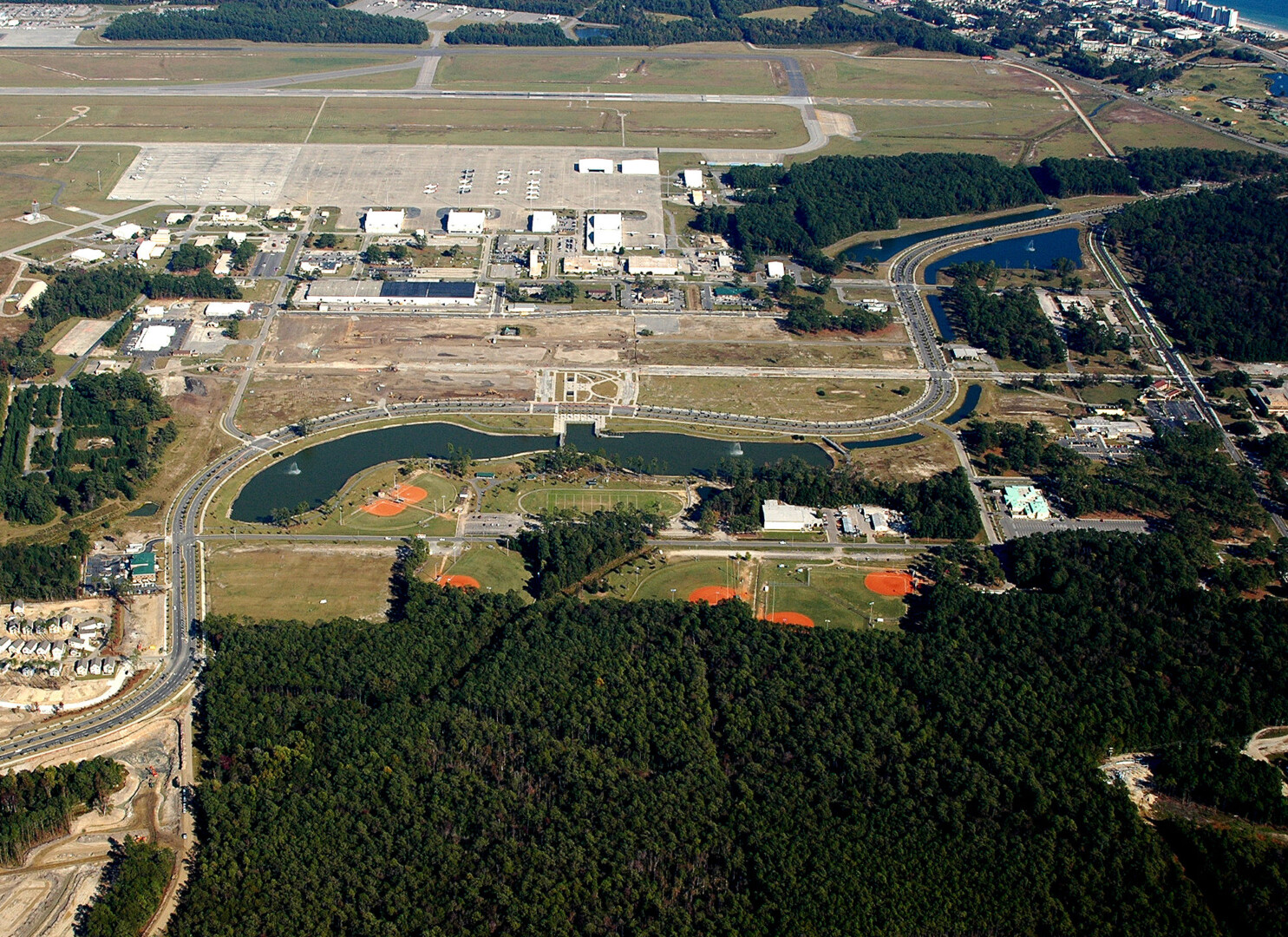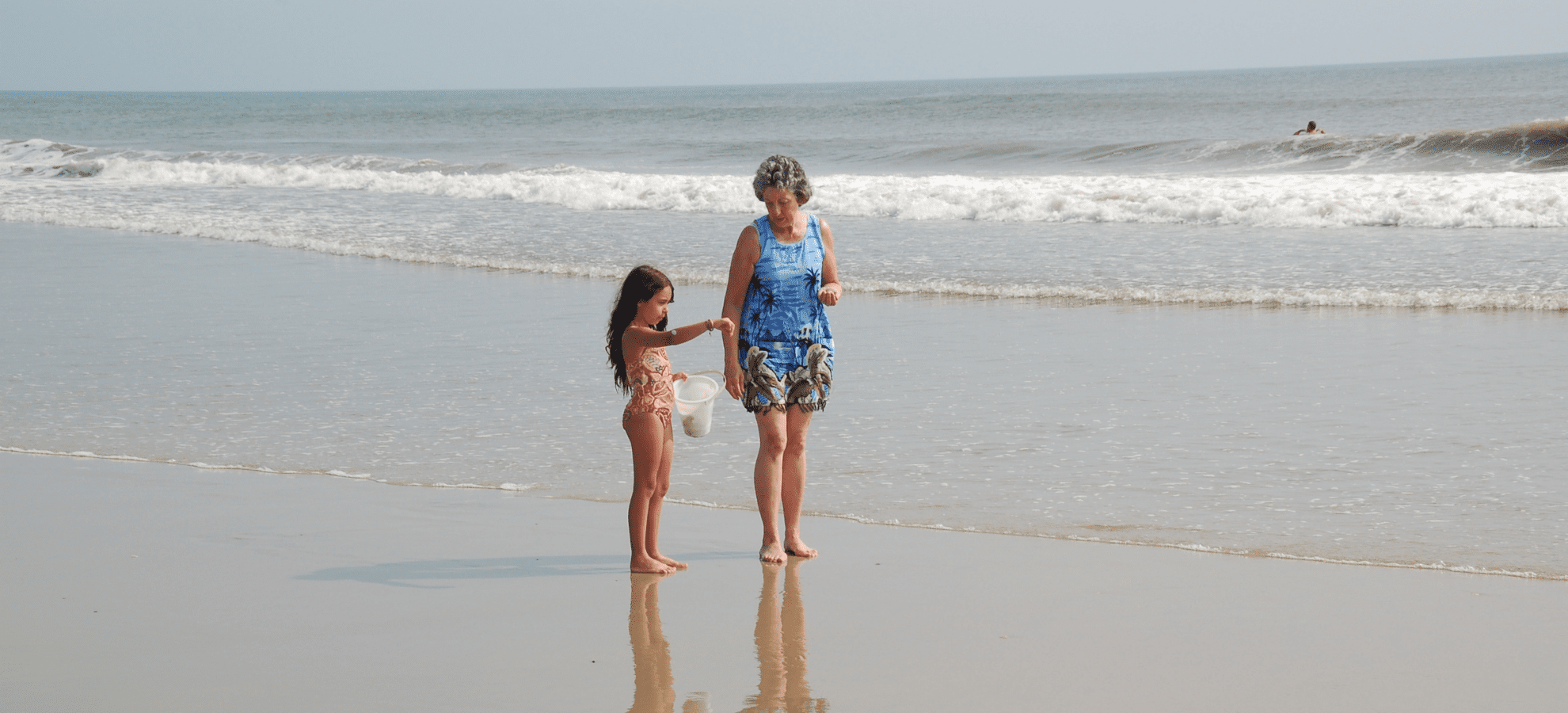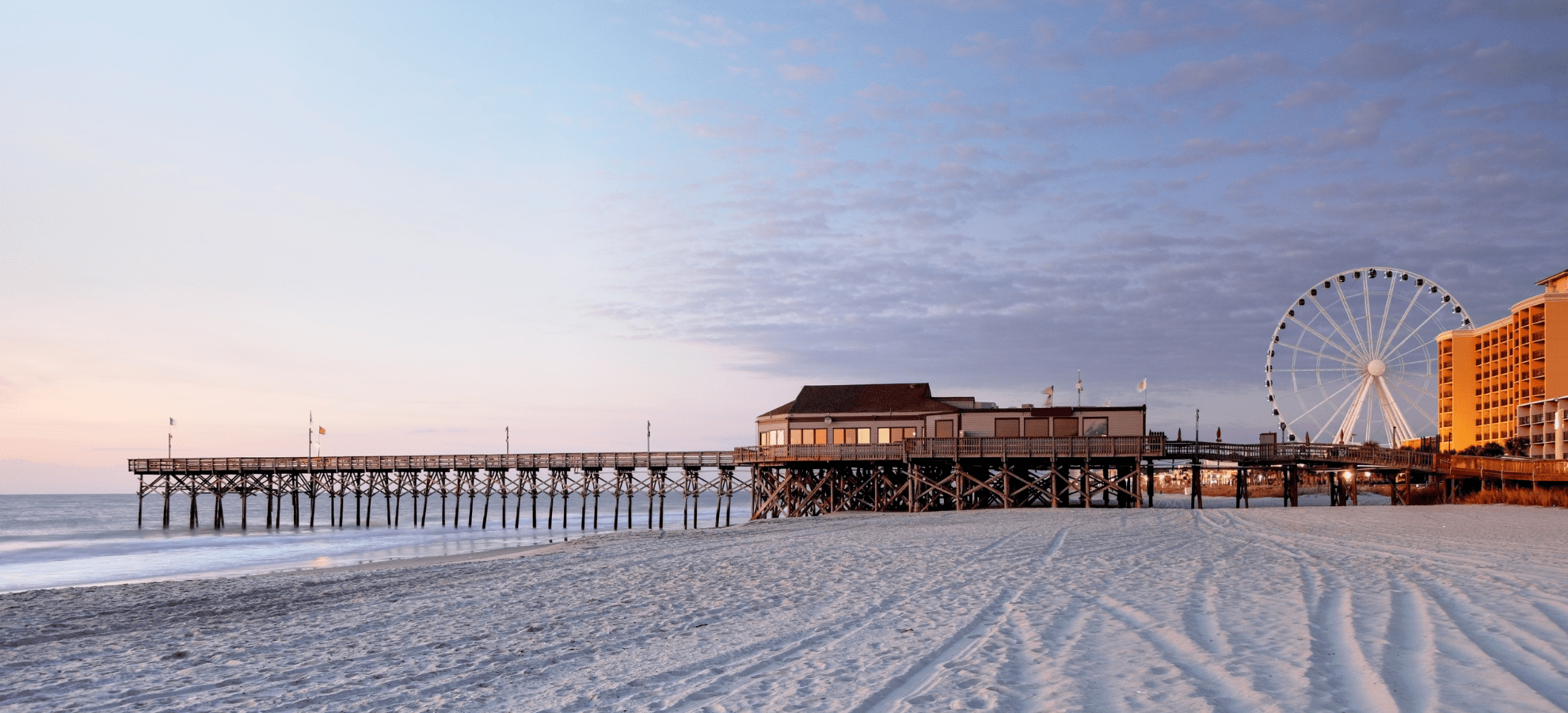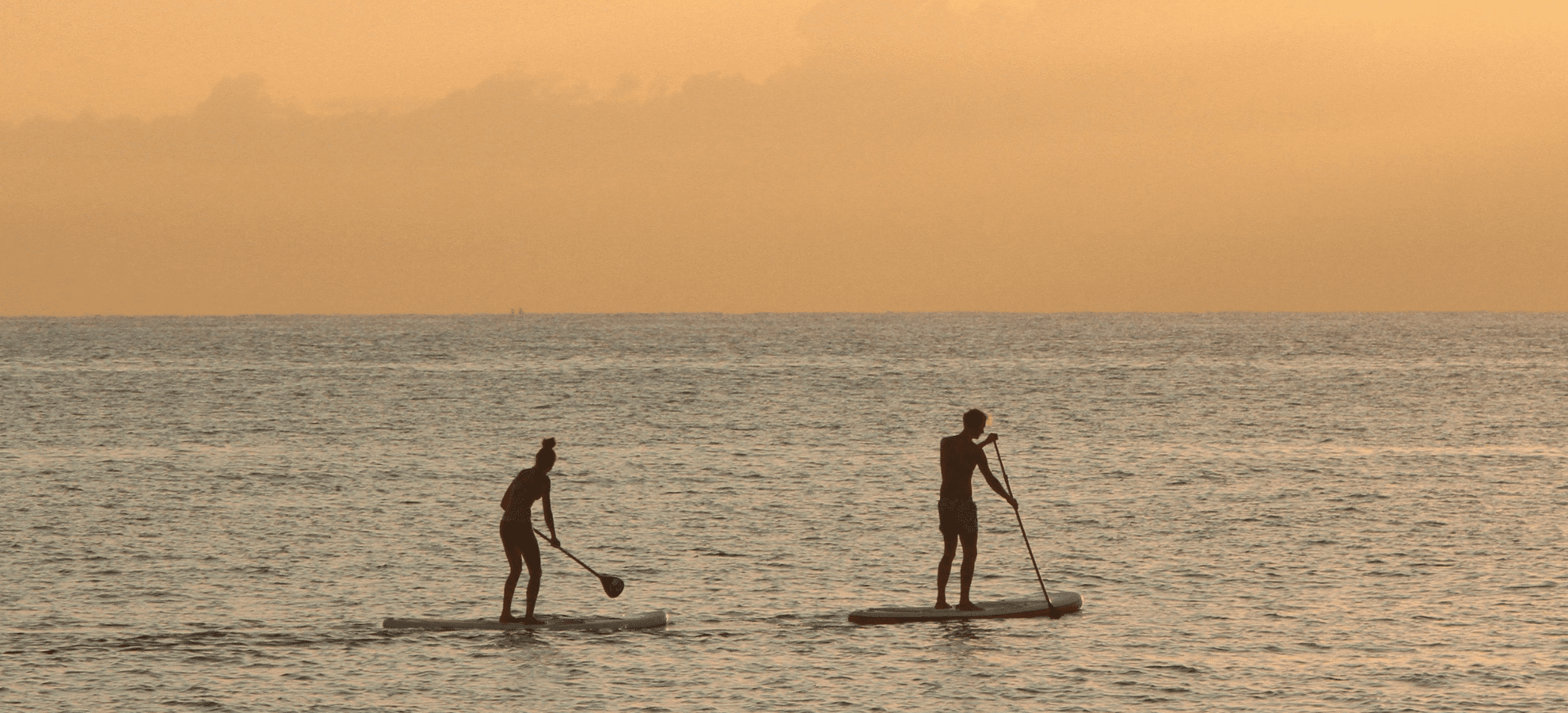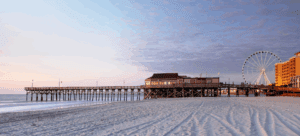An Interview With Colonel Buddy Styers
I never knew that the Market Common had its own small airport for use by private planes until the day I met Colonel Buddy Styers. It was the first of many unknown things about the Market Common that I would discover that day.
I arrived for our meeting at his office at the Myrtle Beach Aviation Services just off of Howard Avenue. Once I was comfortably ensconced in an armchair, laptop at the ready, he began my history lesson of how the Market Common came into being.
Stories in general interest me, but what I found especially fascinating about this history lesson, was that the man before me had not only lived it, he was also directly responsible for creating this particular chapter in time.
So we begin. Once upon a time, the Market Common was just a twinkle in the heavens as it hadn’t yet been conceptualized. In its place was an Air Force Base. The base was created in 1940, when the city donated its municipal airport to the American cause, to be used as a military base during World War II. After the war, the base was shut down, but reopened in 1954 at the onset of the Cold War.
The Air Force Base encompassed approximately 3800 acres. At one time, the entire city limits of Myrtle Beach weren’t a great deal larger than that. As a federal installation, it was like an island unto itself, completely self-sufficient. There were only two gates to get in and out: the front and the back— by Highway 17 and Highway 17 Bypass respectively.
To this day, many locals who remember the days of the Air Force base still give directions mentioning the front gate and the back gate— confusing visitors and recent transplants unfamiliar with the history and former landmarks.
“Even back then, Myrtle Beach was a great place to live,” Buddy says, “and it was a plum assignment to be stationed here. The people who lived on the base, from 1954 until it closed permanently in 1993, were an integral part of Myrtle Beach; they went to great lengths to infuse themselves into community life.”
As the Cold War drew to an end, the Air Force deemed the base unnecessary, and because of the tremendous cost to operate a base for no reason, it was announced for permanent closure in 1989. At that point, the Air Force started working with the local community, county, city, and state, to decide what was to become of this huge piece of property in the middle of the community.
According to South Carolina law, when a base closes, the primary responsibility of the military is to provide jobs for those people who would be displaced, and to transition the property to pay its fair share of being a part of the community so that the rest of the community doesn’t have to pay for it.
The taxes that people pay, business license fees, electricity, water, sewer— those communal necessities were self-contained on the Air Force base. So when it closed, the question arose: how was this property going to be a part of the community just like any other neighborhood?
This is where Buddy comes in. He is the executive director of the Myrtle Beach Air Force Base Redevelopment Authority, the agency that was established post-base closure to repurpose and redevelop the land. He works for a 9-member board that was appointed by the city of Myrtle Beach, and the board has total autonomy over what they do; it is not a state budgeted entity.
Buddy grew up visiting Myrtle Beach, and in 1954, his father bought a hotel here and moved his family to the beach. He graduated from Erskine College in SC, in 1964. It was during Vietnam, and Buddy had the highest draft status, meaning he would be first to be called into service: but he wasn’t.
“Every job interview I went to, their first question was, ‘What’s your draft status?’ and when I told them, they’d tell me to come back after the war,” he says. “I was sick of waiting to be drafted, and couldn’t get a job because of my draft status, so I joined the Air Force on July 5, 1966.”
He retired 26 years later in 1992 as a full colonel, then came back to the beach to live, having moved twelve times over the course of his military career.
In 1995, he came across an advertisement for the Redevelopment Authority position in the newspaper.
“I have a bachelors degree in business and a masters in public relations,” Buddy says. “And having been a manager of two bases in the Air Force, I thought I was qualified. But I had no idea what I was getting into.”
To start with, there was no redevelopment plan.
The Air Force paid for one for the city before the board was instituted. It was comprised of an urban village, recreation facilities, an airport, and a golf course. Both the city government and citizens liked it and wanted to see it come to fruition. But since the Redevelopment Authority was an independent non-government organization, they could not simply use it.
Buddy had two choices, to try to find funds to create their own, which would be very costly, or convince the board to adopt the city’s plan. He opted for the latter route, and convinced the city as well, to cooperate and help him.
When the base closed, many people, nervous about change, felt it was a negative and unfortunate occurrence for the community.
But when Buddy arrived to redevelop the land, he saw an opportunity: that the redeveloped area would one day contribute so much to the community and be so completely transformed in a positive way, that it would be unrecognizable from what it once was. But he didn’t want people to ever forget its roots.
“I wanted to stay connected to our history,” he says. “So I said publicly: ‘I don’t want people to ever forget that we were an Air Force base, but one day they will.’ Someone wrote in to the editor and said I was an idiot and didn’t know anything about the military. But today, I’ve been proven right, because it looks so nice.”
In keeping with his promise, most of the streets in the Market Common are named after people who were connected in some way to the former Air Force base. There are also plaques throughout, which attest to the history and events that were significant to this area, perennial reminders of a significant past.
Click here to read more about the redevelopment years of the Market Common.






